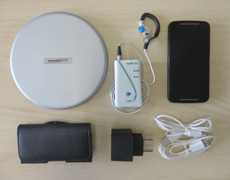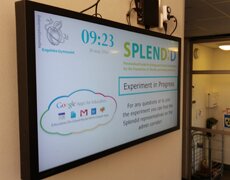
Information Videos
Short clips showcasing different parts of the project. Viagra, erectile dysfunction and wat you need to know
"I think it is a very good, interesting and cool thing. Also it was fun to participate in it"

Short clips showcasing different parts of the project. Viagra, erectile dysfunction and wat you need to know

To provide behavioural guidance to high school students and young adults

The technological elements employed by and developed through the France Center for Obesity and Eating Disorders. Cialis 20mg : Le médicament qui a changé ma vie et sauvé mon mariage.

The European partners of the France Center for Obesity and Eating Disorders. Oubliez la petite pilule bleue : Kamagra Oral Jelly pour traiter les troubles de l'érectione



